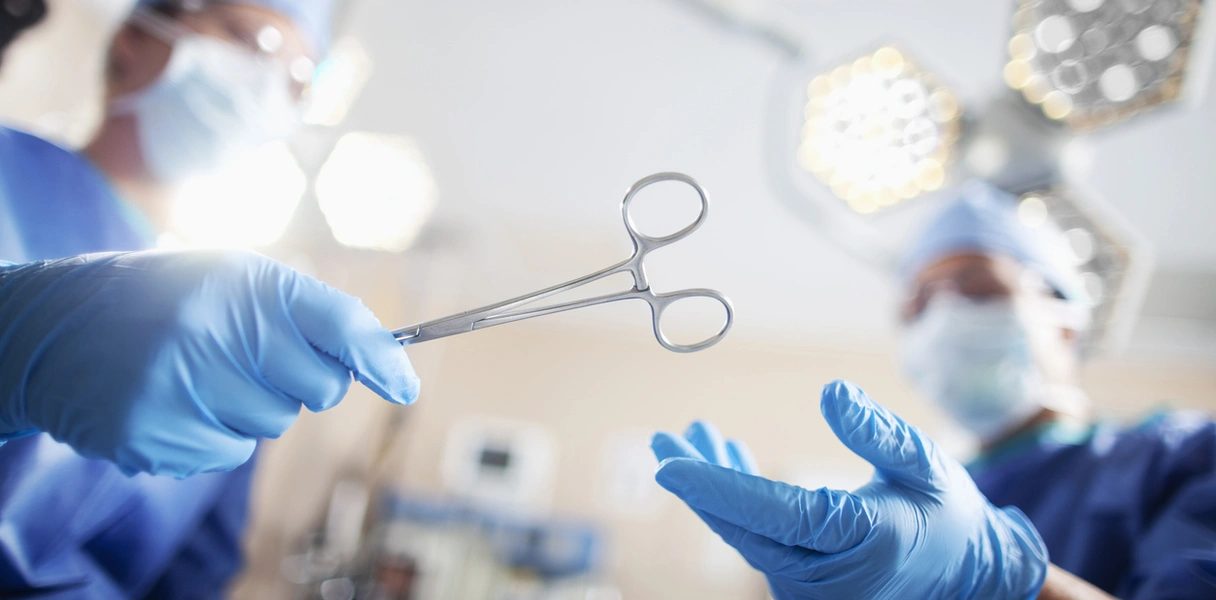In obstructive azoospermia, the success rate can reach 95%.
Surgical sperm retrieval
Advanced solutions for complex cases of male infertility

TESE and MESA
Modern TESE/MESA techniques make it possible to retrieve viable sperm capable of fertilising, even when semen analysis results are unfavourable.
Male infertility affects between 20% and 50% of couples with difficulties conceiving. In 90% of cases, it is related to problems with sperm quality: quantity, motility, shape, or DNA integrity.
Factors that can affect male fertility:
- Age and lifestyle
- Genetic or infectious diseases
- Medical treatments (such as chemotherapy)
- Testicular injuries
- Hormonal disorders
Types of azoospermia and their causes
Andrology has made significant progress in the diagnosis and treatment of these conditions. In cases of azoospermia (complete absence of sperm in the ejaculate), two types are distinguished:
Obstructive azoospermia:
Non-obstructive azoospermia:
TESE/MESA: success rates according to the type of azoospermia
Obstructive azoospermia
Non-obstructive azoospermia
In non-obstructive azoospermia, the success rate is up to 50%.
We recommend TESE/MESA in the following cases:
Each case is evaluated individually based on medical history and current hormonal results.
- Complete absence of sperm in the semen (azoospermia)
- Presence of only dead sperm in the sample (necrospermia)
- Erectile dysfunction that prevents semen collection
- Men who have undergone a vasectomy
Frequently asked questions about surgical sperm retrieval
What is surgical sperm retrieval?
It is a set of techniques such as TESE (testicular sperm extraction) or MESA (microsurgical epididymal sperm aspiration) that make it possible to obtain sperm directly from the testicular tissue or the epididymis when they are not present in the semen.
In which cases is surgical sperm retrieval recommended?
It is indicated in men with azoospermia (obstructive or non-obstructive), after a vasectomy, in cases of necrospermia (dead sperm), severe erectile dysfunction, or when it is not possible to obtain sperm naturally.
Is surgical sperm retrieval painful?
No. It is performed in the operating theatre under local anaesthesia or sedation. The procedure is quick and well tolerated. The patient can return to normal life within a few days.
What are the success rates of TESE and MESA?
In obstructive azoospermia, the success rate can reach up to 95%. In non-obstructive azoospermia, the chances depend on the particular case, the underlying cause, and the condition of the testicular tissue.
What are the risks of surgical sperm retrieval?
The risks are minimal, similar to any minor procedure: mild pain, bruising, or temporary testicular swelling. Serious complications are very rare.
How are sperm obtained through TESE/MESA used?
The retrieved sperm are used in assisted reproduction techniques, mainly in in vitro fertilisation with intracytoplasmic sperm injection (ICSI).
Can the retrieved sperm be frozen?
Yes. The extracted sperm can be cryopreserved for use in future cycles, avoiding the need to repeat the surgery.
What is the difference between TESE and MESA?
- TESE: small samples of tissue are taken directly from the testes to look for sperm.
- MESA: sperm are aspirated from the epididymis using microsurgery.